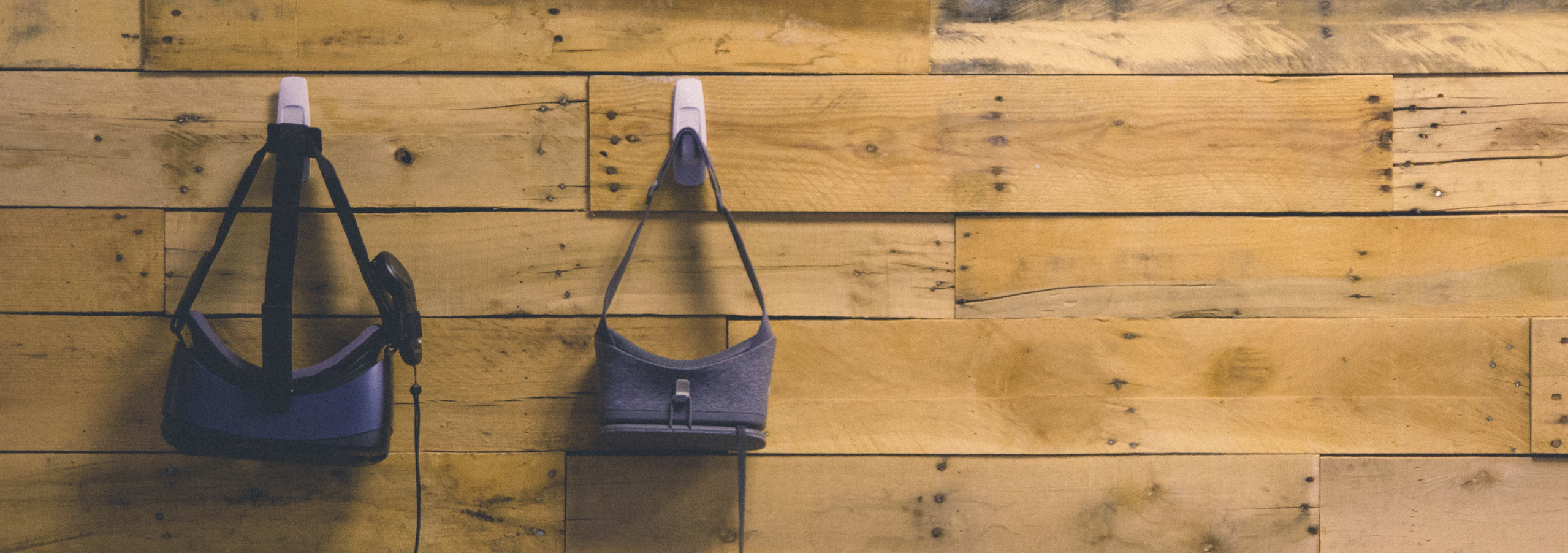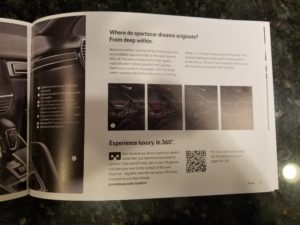Companies are always looking for the next best way to market their products and services. In a world where we are seeing hundreds to thousands of ads per day both online and offline, it is hard for brands to stand out. But in efforts to create a successful campaign, companies are increasingly utilizing cutting edge technology to get our attention. We’ve seen dancing robots, augmented reality-enabled billboards, and much more. This week, we got an envelope in the mail from Porsche with a free virtual reality headset.
The Porsche VR Headset
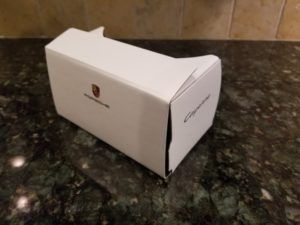
The envelope came with one large piece of cardboard and one catalog with QR codes scattered throughout. The cardboard had two lenses in it and after following the four-step folding instructions in the packet, you had a cardboard VR head-mounted display (HMD). You then place your phone inside the headset as the screen and have yourself a window into a virtual world.

If you have ever tried a Google Cardboard VR HMD, you will know that phone-based VR is not by any means an ideal VR experience. The resolution is extremely pixelated, you are limited to 3 degrees of freedom, and you have to hold the headset on your face manually – not an ideal virtual reality experience. If this is someone’s only experience with VR, it usually, and rightfully, leaves them skeptical about the medium until they try a real headset like the Oculus Rift or HTC Vive. Despite our gripes with consumers’ first impression of VR often happening with a cardboard HMD, the devices can still get the job done as we will discuss later.
The Catalog
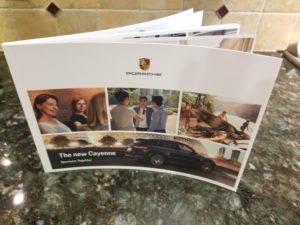
In addition to the cardboard headset, the package came with a 47-page traditional catalog but with a twist. The rectangular-shaped booklet had all of what is to be expected: Porsches in the streets and in the wild, car feature lists, and models enjoying life thanks to their car. But this catalog had something different that completely changed the experience. On four pages, there were QR codes that could be scanned to launch a complimenting virtual reality experience.
The Porsche VR Experience Review
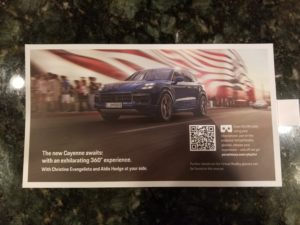
Jumping into VR from the catalog was very easy as long as you had the YouTube app on your phone. Just scan the QR code, slide your phone in the cardboard headset and watch. We find it fitting that Porsche calls the videos 360° experiences and not VR. Cardboard “virtual reality glasses” as Porsche again named them are simply not capable of an immersive virtual experience, and it showed.
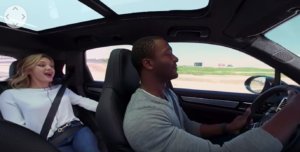
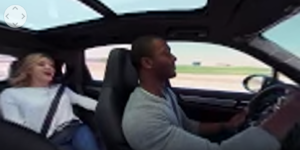
You can watch the 360° videos below on your phone or computer without an HMD, but note that watching on a computer is a far better resolution than when viewing through cardboard lenses.
The new Cayenne. A 360° experience with Christine Evangelista and Aldis Hodge
The new Cayenne. Discover luxury – in 360°
The new Cayenne. Discover performance – in 360°
The new Cayenne. Discover effortless handling – in 360°
Each video was a little over one minute long, which is plenty for a cardboard VR experience. While the quality of the videos is not ideal, there is no denying it made us feel more connected to the car we “drove in.” VR invokes a sense of presence and empathy that you just can’t get with a traditional video. The two actors in the car with us explained the key features of the car, then showed us, and if you asked us to recite the key selling points of the car, we could. This is leaps and bounds more effective than just flipping through a brochure.
While the Porsche 360° experience clearly is not a “high quality” viewing experience, it does get the job done and was effective.
VR Marketing Potential
We were excited to get the Porsche package in the mail because this was one of the first times we’ve seen a company go this far out of its way to use VR in its marketing materials. As 360° technology improves, more consumers have quality HMDs in their home, and marketing agencies crack the code to selling in VR, we are confident VR will be a powerful new tool used by many if not most companies in the near future.
In our Metaverse Explained Series, we wrote about how firms will use the virtual universe to digitally showcase their offerings of all sorts. Royal Caribbean can promote its newest 7-night cruise line in VR instead of a website overflowing with photos, videos, and lists of amenities. People in VR will get to walk through the virtual cruise, see their room and book the trip all from their VR headset.
Conclusion
While the Porsche 360° experience might not have knocked it out of the park, it serves as an example of what’s to come while getting the job done now, even if it’s not pretty. Our expectations weren’t very high but were exceeded. If there isn’t that viral consumer VR moment that drives widespread adoption, we think VR awareness will be driven by enterprise use cases from VR staff training to advertising. Experiential marketing through virtual reality will be a go-to new strategy to attract and convert customers for years to come.
Disclaimer: We actively write about the themes in which we invest or may invest: virtual reality, augmented reality, artificial intelligence, and robotics. From time to time, we may write about companies that are in our portfolio. As managers of the portfolio, we may earn carried interest, management fees or other compensation from such portfolio. Content on this site including opinions on specific themes in technology, market estimates, and estimates and commentary regarding publicly traded or private companies is not intended for use in making any investment decisions and provided solely for informational purposes. We hold no obligation to update any of our projections and the content on this site should not be relied upon. We express no warranties about any estimates or opinions we make.
